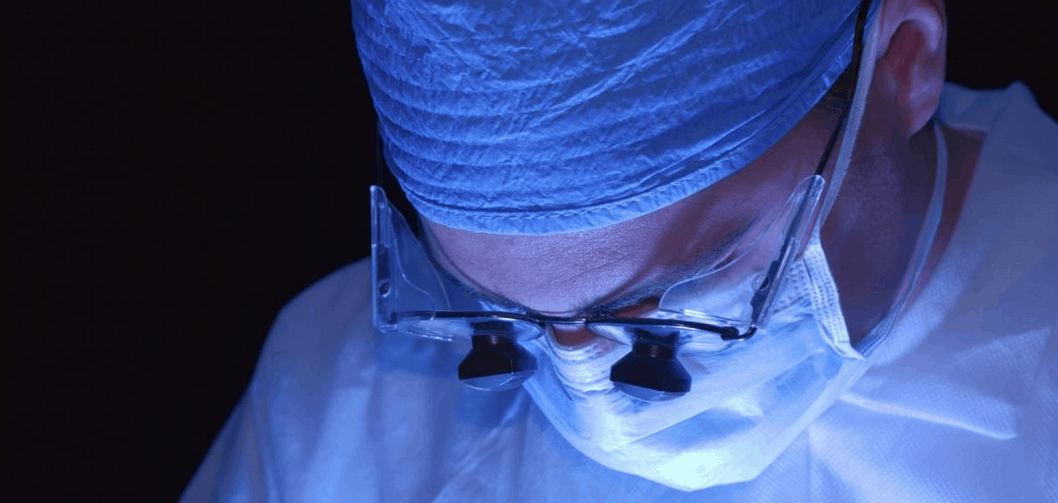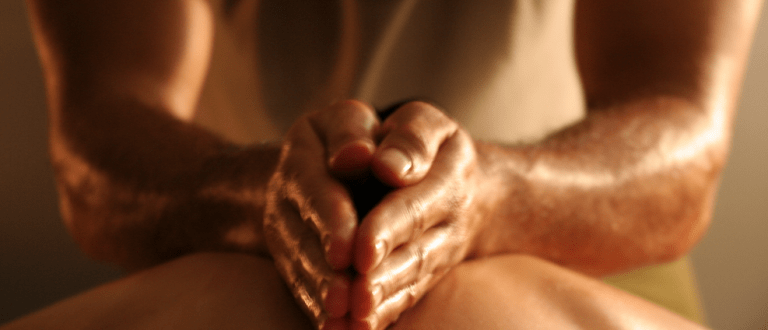Prostatic urethral lift is a new and minimally invasive implant procedure for men with benign prostatic hyperplasia (BPH). Transurethral resection of the prostate (TURP) remains the gold standard of treatment, but many patients seek a less-invasive alternative due to the side effects of traditional treatments.
Prostatic urethral lift for BPH is a less-invasive procedure than TURP that provides symptom relief and improved voiding flow as seen in an international study of patients. The prostatic urethral lift mechanically opens the prostatic urethra with UroLift implants.
Studies of Prostatic Urethral Lift
A new systematic review and meta-analysis (April 2015) published in European Urology evaluated 10 articles consisting of six independent patient groups and up to 680 patients. Across the board, the findings suggested a significant improvement in symptoms, maximum flow rate, and quality of life, including preservation of sexual function. Thus the authors concluded that prostatic urethral lift is “a well-tolerated, minimally invasive therapy for BPH that provides favourable symptom, sexual health, and functional outcomes during follow-up to 12 months.”
In an earlier study, 102 men with symptomatic BPH received the prostatic urethral lift procedure in seven centers in five different countries. Patients had a follow-up evaluation one year after the procedure. Symptom relief was reported by two weeks after the procedure, and the patients were still experiencing positive results at one year.
Adverse events were mild and temporary. There were no reports of loss of antegrade (normal) ejaculation. Retrograde ejaculation is a common side effect of other procedures such as TURP. Retrograde ejaculation, or dry orgasm, occurs when the semen is directed to the bladder instead of to the urethra.
Other studies seem to share similar findings, meaning that the prostatic urethral lift has promise for treating lower urinary tract symptoms BPH. Here are some of the positives for prostatic urethral lift:
- Minimally invasive
- Can be done under local anesthesia
- Does not appear to cause retrograde ejaculation
- No problems with sexual function
- Increased erectile function
- Improves symptoms and voiding flow
There are other procedures for treating urinary symptoms of BPH. Following are some details about a few common treatments so that you can compare them to the prostatic urethral lift.
What Is The Prostatic Urethral Lift Procedure?
Click here to watch a video of Dr. Larry Walsh from Walsh Urology Associates discussing the procedure involved when performing a Prostatic Urethral Lift (then return to this page for more information).
Prostatic Urethral Lift vs TURP
Transurethral resection of the prostate (TURP) is a surgery that is done under general or spinal anesthesia. It involves passing a thin wire loop through the urethra. When the loop reaches the prostate, an electrical current is sent through the wire to the blockage, where tissue is removed until the urethra is unblocked. Erectile dysfunction occurs in 3% to 35% of men. Retrograde ejaculation occurs in 25% to 99% of men.
Prostatic Urethral Lift vs TUNA
Transurethral needle ablation (TUNA) is a minimally invasive option for treating urinary symptoms from an enlarged prostate. TUNA uses radiofrequency waves to heat up and destroy excess cells in the prostate gland. It is done under anesthesia.
Since larger prostates require more treatment, TUNA is effective for men whose prostates are not too large, about 20 grams in size. Results do take some time to appear, and TUNA has a higher failure rate than other procedures like TURP. It has a low incidence of erectile dysfunction (2%) and is less likely to cause retrograde ejaculation than TURP.
Prostatic Urethral Lift vs HoLEP
Holmium laser enucleation of the prostate (HoLEP) is a newer procedure for the transurethral removal of a prostate weighing more than 100 g (about 3.5 oz.). It causes retrograde ejaculation and requires a hospital stay. Erectile dysfunction, bleeding, and urinary incontinence are uncommon side effects, although 10% to 15% of men with a prostate weighing more than 100 g may experience temporary stress incontinence.
Prostatic Urethral Lift vs Prostatic Artery Embolization
Prostatic artery embolization is a new, minimally invasive procedure that is performed in a limited number of facilities in the United States and around the world, but is gradually becoming more available. The technique involves placing a catheter into the prostate artery in the groin and then introducing minute spherical particles that block the blood supply to the prostate. Advantages of prostatic artery embolization is the lack of sexual side effects associated with most of the BPH procedures, including erectile dysfunction, incontinence, and retrograde ejaculation.
Is Prostatic Urethral Lift Right for You?
There are other treatments for BPH (enlarged prostate) besides the ones listed here. The treatment that is best for you depends upon your symptoms and the size of your prostate. Talk to your doctor to see if you are a candidate for the prostatic urethral lift to treat lower urinary tract symptoms secondary to BPH.
Related: Comparing Treatments for Enlarged Prostate
References
Chin PT et al. Prostatic urethral lift: two-year results after treatment for lower urinary tract symptoms secondary to benign prostatic hyperplasia. Urology 2012 Jan; 79(1): 5-11
McNicholas T.A., et al. Minimally invasive prostatic urethral lift: surgical technique and multinational experience. European Urology 2013 Aug; 64(2): 292-99
Perera M et al. Prostatic urethral lift improves urinary symptoms and flow while preserving sexual function for men with benign prostatic hyperplasia: a systematic review and meta-analysis. European Urology 2015 Apr; 67(4): 704-13
Woo HH et al. Preservation of sexual function with the prostatic urethral lift: a novel treatment for lower urinary tract symptoms secondary to benign prostatic hyperplasia. Journal of Sexual Medicine 2012 Feb; 9(2): 568-75







